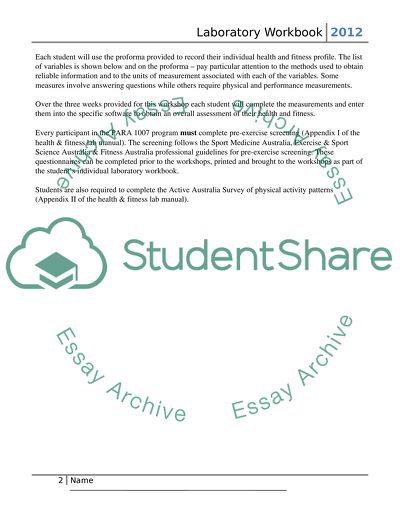Cite this document
(“Contemporary Approaches to Lifestyle Management Essay - 1”, n.d.)
Retrieved from https://studentshare.org/health-sciences-medicine/1452738-contemporary-approaches-to-lifestyle-management
Retrieved from https://studentshare.org/health-sciences-medicine/1452738-contemporary-approaches-to-lifestyle-management
(Contemporary Approaches to Lifestyle Management Essay - 1)
https://studentshare.org/health-sciences-medicine/1452738-contemporary-approaches-to-lifestyle-management.
https://studentshare.org/health-sciences-medicine/1452738-contemporary-approaches-to-lifestyle-management.
“Contemporary Approaches to Lifestyle Management Essay - 1”, n.d. https://studentshare.org/health-sciences-medicine/1452738-contemporary-approaches-to-lifestyle-management.


